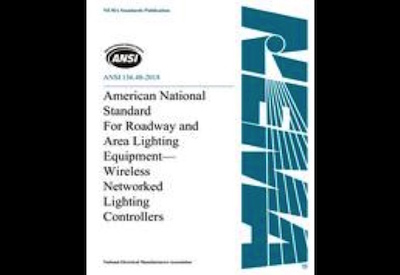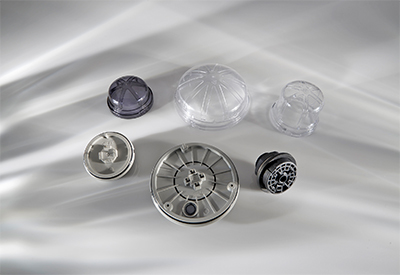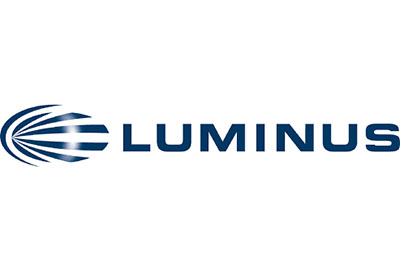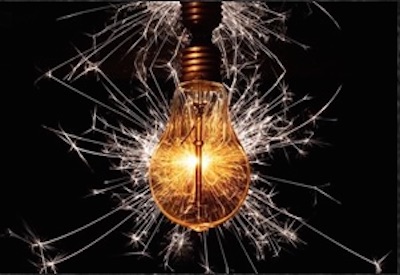PoE Connected Lighting System Energy Losses in Ethernet Cables
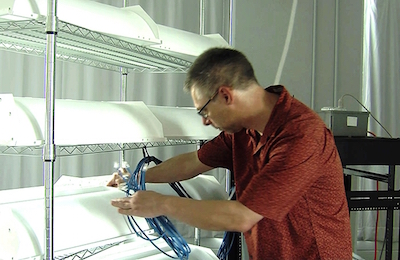
April 26, 2018
An exploratory study investigating energy losses in Ethernet cables used between Power over Ethernet (PoE) switches and luminaires in PoE connected lighting systems confirmed that losses can be minimized to 5%.
The study was conducted by the U.S. Department of Energy. The set-up comprised a PoE switch, a set of luminaires, and a reference meter, which was used to test nine cable models of varying design. Power measurements for two widely differing cable lengths — one near 50 m and another near 0 m — were used to determine the portion of PoE switch output power dissipated by each cable model. The results were analyzed to explore the impact of cable selection on PoE lighting system energy efficiency, as well as the effectiveness of guidelines recently introduced by the American National Standards Institute (ANSI) C137 Lighting Systems Committee.
The key finding from the study is that the guidance offered in ANSI C137.3-2017 does appear to be effective in limiting cable energy losses to 5% in PoE lighting applications, provided that the average cable length on a project does not exceed 50 m.
Among the recommendations offered to help streamline the adoption of PoE technology in lighting applications:
- PoE lighting system designers should specify that minimum American Wire Gauge (AWG) must be per ANSI C137.3 guidance, or specify minimum AWG directly if even lower losses are desired.
- to prevent damage and other issues that can arise from incompatibility, buyers and specifiers should consider using products independently certified (e.g., by the Ethernet Alliance) as compliant with the Institute of Electrical and Electronics Engineers (IEEE) 802.3 standard.
- manufacturers of Ethernet cables and connectors (RJ45 plugs) should publish lists of compatible cabling products or parameters relevant to compatibility (e.g., tolerances for overall diameters of cable and insulated conductors) in product documentation.
The study is the first in a planned series of investigations into the energy efficiency of PoE and other connected lighting systems.
For the complete findings, download the full report: www.energy.gov/eere/ssl/downloads/connected-lighting-systems-efficiency-study-poe-cable-energy-losses-1.

